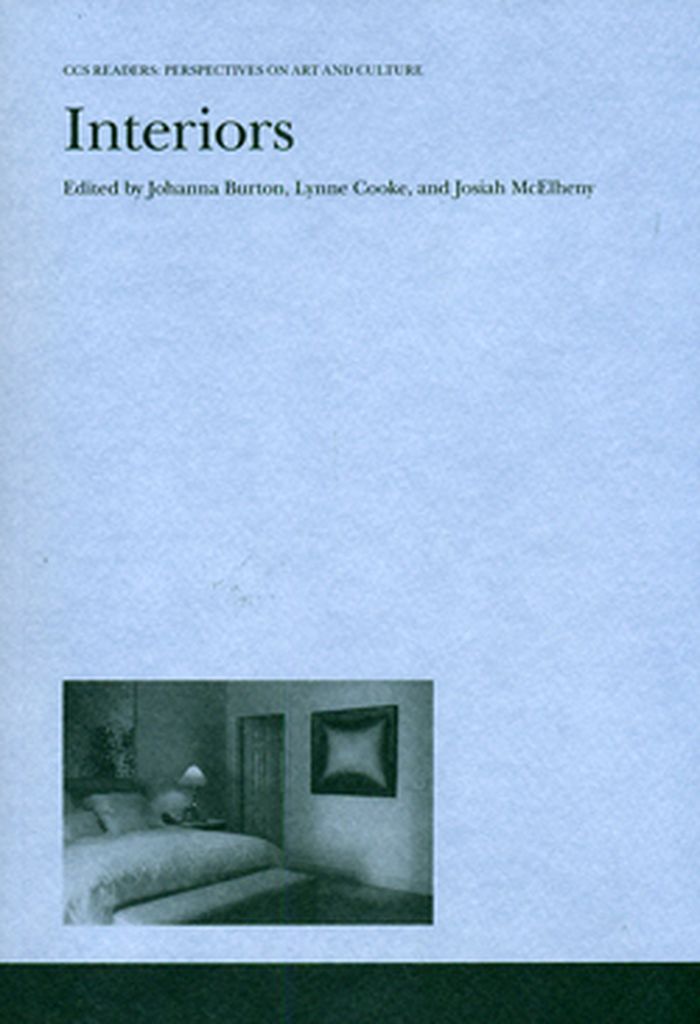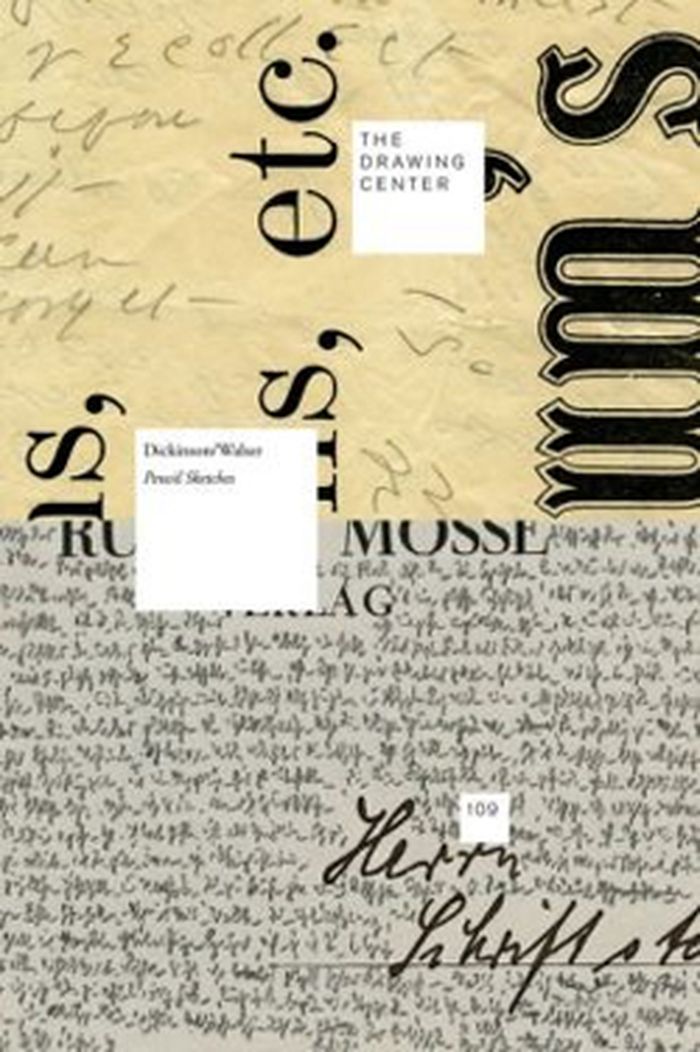$45.00
(available in store)
Summary:
Encounters with art engage various conditions of interiority whether through psychic spaces or specific physical environments such as museums and private residences. The exhibition If you lived here, you d be home by now, presented at the Hessel Museum of Art, CCS Bard, was the catalyst for this anthology. The first in a series titled CCS Readers, this volume provides a(...)
Architectural Theory
September 2012
Interiors: perspectives on art and culture
Actions:
Price:
$45.00
(available in store)
Summary:
Encounters with art engage various conditions of interiority whether through psychic spaces or specific physical environments such as museums and private residences. The exhibition If you lived here, you d be home by now, presented at the Hessel Museum of Art, CCS Bard, was the catalyst for this anthology. The first in a series titled CCS Readers, this volume provides a paradigmatic case study for probing issues of the personal and subjective experience within realms of the sociological, political and cultural. Features commissioned essays, conversations and talks, historical writings and artistic projects from such intellects as Anni Albers, Moyra Davey and Virginia Woolf to establish the notion of self, society and the contemporary art world.
Architectural Theory
The Light club
$48.95
(available to order)
Summary:
In 1912, Paul Scheerbart published The Light Club of Batavia, a novella about the formation of a club dedicated to building a spa for bathing—not in water, but in light—at the bottom of an abandoned mineshaft. Translated here into English for the first time, this rare story serves as a point of departure for Josiah McElheny, who offers a fascinating array of responses to(...)
The Light club
Actions:
Price:
$48.95
(available to order)
Summary:
In 1912, Paul Scheerbart published The Light Club of Batavia, a novella about the formation of a club dedicated to building a spa for bathing—not in water, but in light—at the bottom of an abandoned mineshaft. Translated here into English for the first time, this rare story serves as a point of departure for Josiah McElheny, who offers a fascinating array of responses to this enigmatic work. The Light Club makes clear that the themes of utopian hope, desire, and madness in Scheerbart’s tale represent a part of modernism’s lost project: a world based on political and spiritual ideals rather than efficiency and logic.
Art Theory
$48.95
(available in store)
Summary:
German writer, critic, and theorist Paul Scheerbart (1863–1915) died nearly a century ago, but his influence is still being felt today. Considered by some a mad eccentric and by others a visionary political thinker in his own time, he is now experiencing a revival thanks to a new generation of scholars who are rightfully situating him in the modernist pantheon. Glass!(...)
Critical Theory
October 2014
Glass! Love!! Perpetual motion!!! A Paul Scheerbart reader
Actions:
Price:
$48.95
(available in store)
Summary:
German writer, critic, and theorist Paul Scheerbart (1863–1915) died nearly a century ago, but his influence is still being felt today. Considered by some a mad eccentric and by others a visionary political thinker in his own time, he is now experiencing a revival thanks to a new generation of scholars who are rightfully situating him in the modernist pantheon. Glass! Love!! Perpetual Motion!!! is the first collection of Scheerbart’s multifarious writings to be published in English.
Critical Theory
$20.00
(available to order)
Summary:
This publication brings together Robert Walser’s microscripts and Emily Dickinson’s poem manuscripts for the first time. Although Walser, who was born shortly before Dickinson died, was most likely unaware of her work, both writers were obsessively private as well as peculiarly attentive to the visual dimension of their texts. Walser wrote in tiny, inscrutable script on(...)
Dickinson/Walser: pencil sketches
Actions:
Price:
$20.00
(available to order)
Summary:
This publication brings together Robert Walser’s microscripts and Emily Dickinson’s poem manuscripts for the first time. Although Walser, who was born shortly before Dickinson died, was most likely unaware of her work, both writers were obsessively private as well as peculiarly attentive to the visual dimension of their texts. Walser wrote in tiny, inscrutable script on narrow strips of paper using an antiquated German alphabet that was long considered indecipherable. Only recently have these scripts been shown to consist of early drafts of the author’s published texts. Similarly, Dickinson fitted her poetic fragments to carefully torn pieces of envelope or stationery, which were discovered among her posthumous papers.
Contemporary Art Monographs



